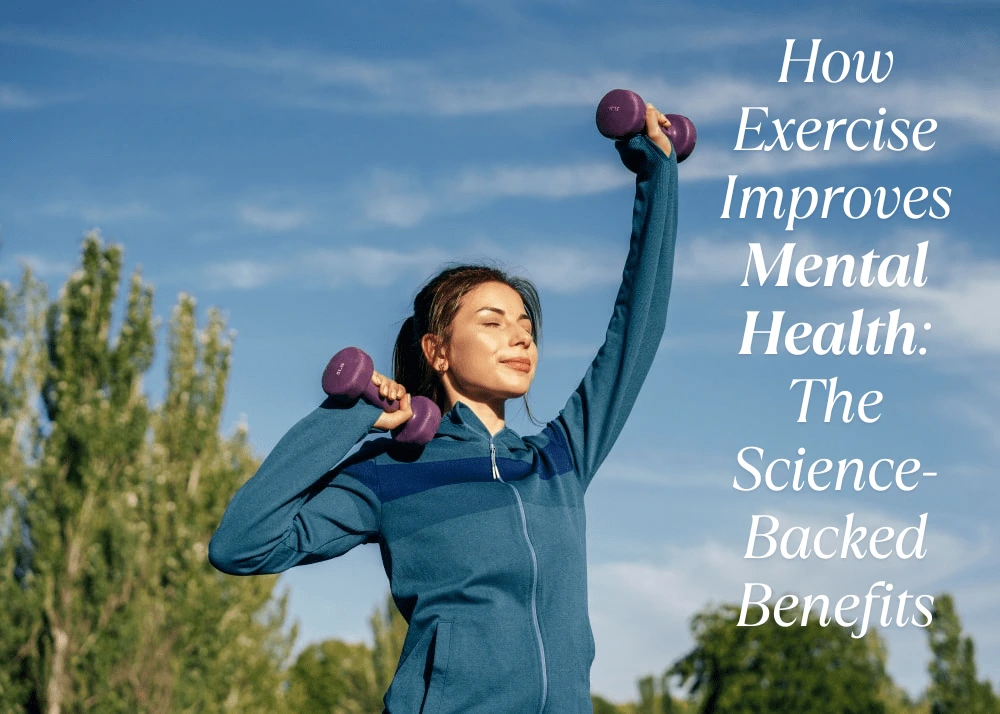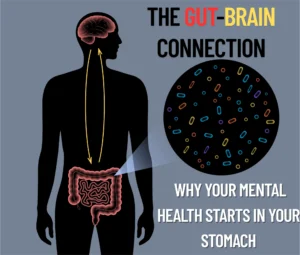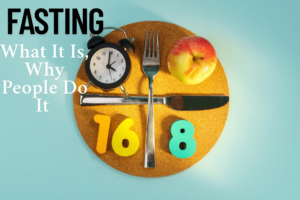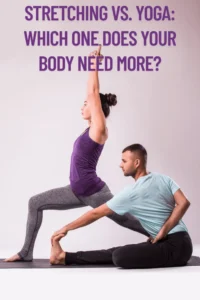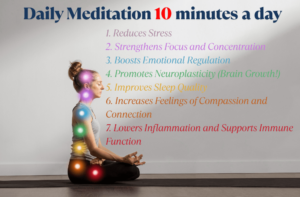Discover how regular physical activity boosts your mood, reduces anxiety, and supports brain health. Learn the science behind exercise and mental well-being.
Introduction
We all know that exercise is good for the body—but did you know it’s just as powerful for the mind?
Whether you’re struggling with anxiety, depression, stress, or just looking to feel more energized and focused, physical activity is one of the most effective natural mental health tools available—and it’s backed by solid science.
In this blog post, we’ll break down how exercise improves mental health, the biological mechanisms behind it, and how you can use movement as medicine for your mind.
The Link Between Physical Activity and Mental Health
Exercise is more than just a mood booster—it actually changes your brain.
Research shows that regular physical activity:
- Decreases symptoms of depression and anxiety
- Increases self-esteem and confidence
- Reduces stress hormone levels (like cortisol)
- Enhances cognitive function and memory
- Promotes better sleep and energy regulation
A 2023 meta-analysis in The British Journal of Sports Medicine found that exercise is up to 1.5 times more effective than antidepressants and psychotherapy for managing depression in some individuals.
1. Exercise Releases Mood-Boosting Chemicals
Physical activity stimulates the release of:
- Endorphins: Natural painkillers that create feelings of euphoria (a.k.a. the “runner’s high”)
- Dopamine & Serotonin: Critical neurotransmitters that regulate mood, motivation, and emotional balance
- Brain-Derived Neurotrophic Factor (BDNF): A protein that promotes brain plasticity and protects against stress
These chemicals help rewire the brain for resilience, making you less reactive to everyday stressors and more emotionally balanced.
2. Reduces Anxiety and Stress
Exercise lowers activity in the amygdala—the brain’s fear center—and activates calming areas of the brain.
Even short bouts of physical activity can immediately:
- Lower heart rate and blood pressure
- Reduce muscle tension
- Regulate breathing patterns
A 20-minute brisk walk has been shown to reduce anxiety symptoms almost as effectively as medication for some individuals.
3. Improves Sleep Quality
Poor sleep is both a cause and consequence of poor mental health. Regular exercise improves sleep by:
- Helping you fall asleep faster
- Enhancing deep sleep (slow-wave sleep)
- Regulating circadian rhythms
- Reducing insomnia symptoms
Better sleep = improved mood, energy, and emotional regulation.
4. Builds Self-Esteem and Mental Resilience
Accomplishing fitness goals—whether that’s walking 10 minutes or running a marathon—reinforces your sense of agency, self-discipline, and body appreciation.
You feel more capable, strong, and in control of your health, which translates to better mental resilience during tough times.
5. Social Connection (Even if Indirect)
Group exercise (like fitness classes, running clubs, or team sports) offers built-in social support, which:
- Reduces feelings of isolation
- Increases oxytocin, the “bonding hormone”
- Fosters a sense of community and accountability
Even solo activities in shared spaces (like gyms or parks) can increase feelings of belonging.
Best Types of Exercise for Mental Health
All movement helps—but some types are especially beneficial:
| Exercise Type | Mental Health Benefit |
|---|---|
| Aerobic (cardio) | Boosts mood, reduces anxiety, increases BDNF |
| Strength training | Builds confidence, reduces depressive symptoms |
| Yoga & Pilates | Lowers cortisol, increases mindfulness and calm |
| Walking outdoors | Combines movement, sunlight, and nature therapy |
| Dancing | Elevates dopamine and fosters joy |
Start small: Even 10 minutes a day can have measurable effects.
How Much Exercise Do You Need?
According to mental health researchers and WHO guidelines:
- 150 minutes/week of moderate aerobic activity (like brisk walking)
- Or 75 minutes/week of vigorous activity (like running or HIIT)
- Plus 2 strength-training sessions/week
More importantly: Consistency > intensity. Build a sustainable habit over time.
Real-Life Routine Example
Monday: 30-min brisk walk outdoors
Tuesday: 20-min bodyweight strength circuit
Wednesday: Yoga or stretching (20 mins)
Thursday: Day off or gentle walk
Friday: Jog or bike ride (25 mins)
Saturday: Dance, swim, or hike
Sunday: Rest or restorative yoga
Final Thoughts
Exercise is one of the most accessible, affordable, and effective tools for improving mental health. From reducing anxiety and depression to enhancing brain function and emotional resilience, movement is medicine.
And the best part? You don’t need a gym, fancy gear, or an hour a day to get started. Just put on your shoes, move your body, and feel your mind shift.
